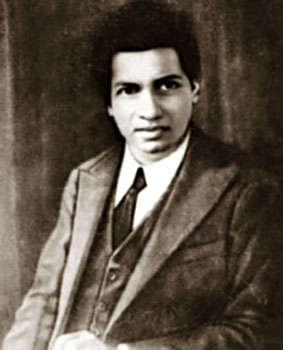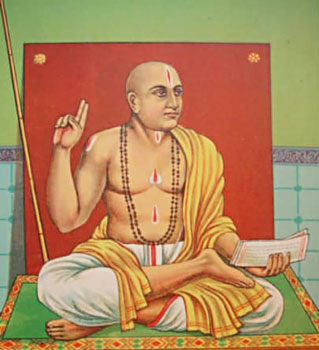 Mathematics had played a significant role in the development of Indian culture and tradition. Ancient Mathematics in India or the Vedic Mathematics had begun in the early Iron Age. The Shatpata Brahmana and the Sulabasutras included things like irrational numbers, prime numbers, rule of three, and square roots and also solved many of the complex problems.
Mathematics had played a significant role in the development of Indian culture and tradition. Ancient Mathematics in India or the Vedic Mathematics had begun in the early Iron Age. The Shatpata Brahmana and the Sulabasutras included things like irrational numbers, prime numbers, rule of three, and square roots and also solved many of the complex problems.
In the ancient days mathematics was more of an applied science. Generally it was used to solve architectural and construction problems in the early days. Mathematics was used to make the public constructions of Harappa more accurate, it was also used to make precise calculations in the field of astronomy and astrology. This trend continued till the late 5th century BCE or the early 6th century BCE, after this mathematics came to be studied for its own sake.
It can be said that the richness which existed in the ancient Indian thought is something to be wondered at.
During the Indus Valley Civilisation at the sites of Harappa and Mohenjodaro constructions took place following precise mathematical calculation. The measurement that was used in the construction was decimal in nature and at this juncture it can be said that mathematics in the ancient age was used for the purpose of construction.
Many of the Vedic texts give details about some of the geometric constructions which were used during the Vedic Age.  Besides the Vedic texts the Sulabasutras also gave enough details about the geometric constructions those were used in the ancient age. The most common Sulabasutras used were the Baudhyana Sulabasutra, Apastamba, Manava and the Katyayana. Although during this period mathematics was mostly used for solving practical problems but at the same time there was a little development in the field of algebra.
Besides the Vedic texts the Sulabasutras also gave enough details about the geometric constructions those were used in the ancient age. The most common Sulabasutras used were the Baudhyana Sulabasutra, Apastamba, Manava and the Katyayana. Although during this period mathematics was mostly used for solving practical problems but at the same time there was a little development in the field of algebra.
An important area in the history of Indian Mathematics is the Jain Mathematics. Jain Mathematics had developed when the tradition of Jainism had evolved in the country. The Jain Philosophy had given birth to the idea of infinite. The period of Jain Mathematics was from 600 BCE to 500 CE. By the concept of infinity it was possible to find out which set was more infinite than the other. In fact the concept of infinity has evolved the modern concept of cardinality.
It is true that the Brahmi numerals had developed in the Indian subcontinent around 300 BCE but it was not till 1000 CE that the numerals were included in the place value system and had been converted into the Devnagri numerals.
The most famous era of Indian Mathematics was the classical era of Indian Mathematics. The period was from 500 to 1200 CE. It was during this period that all the famous mathematicians had evolved. Mathematicians like Aryabhata, Bhaskara I, Brahmagupta and a lot more had evolved during the classical era of Indian Mathematics.
During the 14th century it was the Kerala School of Mathematics and mathematicians like Madhava who carried on the development of mathematics forward. They worked on the concepts of calculus, integration and other mathematical analysis.
The mathematical progress in India had stagnated from the 16th century till the 20th century due to political turmoil.
After a period of stagnation a new phase emerged in the field of Indian Mathematics. During this period the contributions of mathematicians like S. Ramanujan, Harish-Chandra, and Manjul Bhargava are worth mentioning.
Thus it can be said that history of Indian Mathematics had begun right from the Iron Age and had continued till long. Moreover the history of Indian Mathematics is rich and largely varied.



















